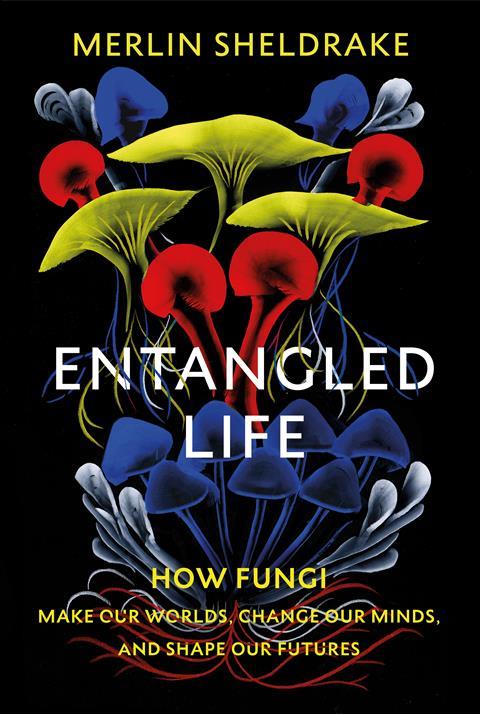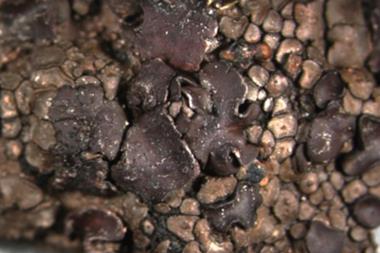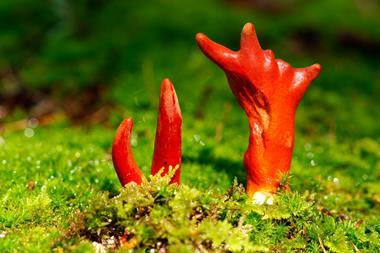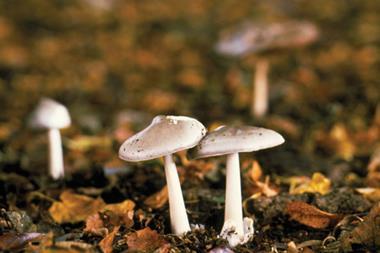Merlin Sheldrake
Bodley Head
2020 | 368pp | £20
ISBN 9781847925190
Buy this book on Bookshop.org
Buy this book on Amazon.co.uk

I have to admit that until reading this book, I had not thought about mushrooms or fungi too much in a non-gastronomical sense. As a child, I sometimes went mushroom picking in the forest with my family and friends but even on those occasions, I saw them as the means to a very delicious dinner, as opposed to stopping to think about why they grow in the places they do or why some might be harder to find or more precious than others. Reading Entangled Life, I found myself back in those forests – but this time accompanied by an expert biologist pointing out the things I would not have even known to look for.
The book takes us on a fantastical journey around the world with each chapter featuring its own protagonists to illustrate a different way that fungi impact our lives. What I loved about the book is how vividly author Merlin Sheldrake brings the experiences he describes to life and intricately weaves the science into the story. It almost seems as though he is explaining the science to us as we are out there with him – we meet two truffle-hunting dogs in Italy and watch them chase through the forest, we admire the shapes the sea makes washing against lichen-covered rocks on an expedition, we share the mind-bending sensations that Sheldrake experiences while tripping on LSD… This is the beauty of the book: that by embedding the scientific lessons in a conversational adventure, we begin to see things from his perspective.
Sheldrake also goes beyond simply explaining different scientific concepts, instead inviting us to consider questions that go beyond the facts he presents, such as how scientific paradigms shape the generation of knowledge or how our tendency to anthropomorphise the natural world can hinder our understanding of it. This whistle-stop tour of the fungal world also raises a host of existential questions – what it means to be an individual, how we might define cognition or free will, and whether we understand life at all. His message is clear: by studying and understanding the world of fungi, we might end up learning more about ourselves.
The writing itself flows nicely, and each chapter has plenty of endnotes – a few sentences of clarification expanding on a particular concept, often with an indication of where to read more about it in the literature. When I started the book, I would diligently turn to the end of the book every time I saw a superscripted number to find the corresponding note, but found them slightly distracting from the main thread of the story. In later chapters, I stopped noticing the numbers altogether, but it was comforting to know that additional information was at my fingertips if I wanted to dive deeper into a particular topic.
The book also has a collection of colour photographs as well as wonderful illustrations by Sheldrake, drawn with ink from shaggy ink cap mushrooms. All of this brings some of the story’s protagonists out of our imagination and into reality.
Reading Entangled Life has left me with the feeling of having discovered the wonders of a world that seems new but has always been there, playing an important role in our lives. I can safely recommend this book as a great gift for anyone – whether you are a high schooler or an experienced fungi enthusiast, Sheldrake’s accessible descriptions and insight make it a great read.












No comments yet